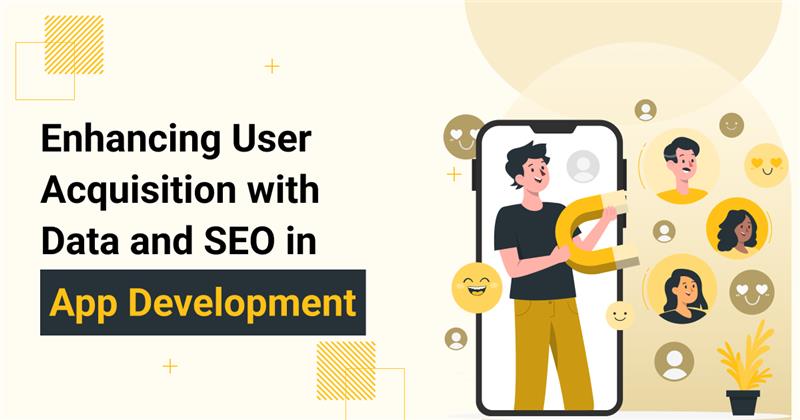The Impact of Online Learning on Academic Dishonesty: The Role of Online Proctoring
The rapid transition to online learning during the COVID-19 pandemic has dramatically transformed educational landscapes, bringing unprecedented challenges in maintaining academic integrity. Educational institutions worldwide have witnessed a significant increase in academic dishonesty cases, prompting them to seek reliable solutions such as an online proctoring service to ensure assessment validity. This shift has not only highlighted existing challenges in academic integrity but has also created new concerns about cheating prevention and detection in virtual environments.
As remote education becomes increasingly prevalent, institutions face growing pressure to implement effective measures for maintaining academic standards. The pandemic-driven adoption of online learning has accelerated the need for robust proctoring solutions, while simultaneously raising questions about privacy, accessibility, and effectiveness of digital surveillance methods.
Understanding Academic Dishonesty in Online Learning
The digital transformation of education has introduced new dimensions to academic dishonesty. Unlike traditional classroom settings, online environments present unique challenges in monitoring student behavior and ensuring assessment integrity. The virtual nature of online learning has created opportunities for sophisticated forms of cheating that were previously impossible or difficult to execute in physical classrooms.
Research indicates that academic dishonesty in online settings occurs at higher rates compared to traditional face-to-face environments. This increase can be attributed to various factors, including reduced direct supervision, increased access to digital resources, and the psychological distance created by virtual learning environments.
Types of Online Academic Dishonesty
Modern academic dishonesty in online environments manifests in various sophisticated forms:
- Digital plagiarism through copy-paste mechanisms
- Unauthorized collaboration via messaging apps and social media
- Use of AI-powered writing tools and answer generators
- Contract cheating through online essay mills
- Identity impersonation during online assessments
These methods represent a significant evolution from traditional cheating approaches, leveraging technology to circumvent academic integrity measures.
Factors Contributing to Online Cheating
Several key factors drive the increase in online academic dishonesty:
- Reduced physical supervision and perceived anonymity
- Easy access to digital resources and communication tools
- Time zone differences in global educational settings
- Technical literacy gaps among faculty
- Stress and pressure associated with remote learning
Psychological factors, including reduced fear of detection and diminished sense of academic community, also contribute significantly to increased cheating behaviors.
Online Proctoring Solutions
The evolution of online learning has necessitated sophisticated monitoring solutions to maintain assessment integrity. Modern online proctoring technologies combine artificial intelligence, machine learning, and human oversight to create comprehensive surveillance systems. These solutions range from basic browser lockdown tools to advanced biometric authentication systems.
Educational institutions and corporate training programs increasingly rely on integrated proctoring platforms that offer multiple layers of security. These systems typically include identity verification, environmental scanning, and continuous behavioral monitoring throughout the assessment period.
Key components of modern proctoring solutions include:
- Real-time video and audio monitoring
- Screen recording and analysis
- Browser lockdown capabilities
- AI-powered behavioral analysis
- Automated flag detection systems
Types of Proctoring Technologies
Current proctoring technologies fall into three main categories:
- Live Proctoring: Human proctors monitor students in real-time through webcams, offering immediate intervention capability. This approach closely mirrors traditional in-person proctoring while leveraging digital tools for enhanced monitoring.
- Automated Proctoring: AI-driven systems that monitor student behavior, flag suspicious activities, and generate detailed reports. These systems analyze patterns in eye movement, keyboard usage, and environmental sounds to detect potential violations.
- Record-and-Review: Assessment sessions are recorded and reviewed later by trained professionals, combining the benefits of human judgment with the convenience of asynchronous monitoring.
Effectiveness and Limitations
Research demonstrates varying degrees of effectiveness across different proctoring methods. Studies show that live proctoring typically achieves the highest deterrence rates but comes with significant cost and scalability challenges. Automated systems offer broader coverage but may generate false positives and face technical limitations.
Common limitations include:
- Internet connectivity requirements
- Hardware compatibility issues
- Privacy concerns
- Accessibility challenges
- Cost considerations for institution-wide implementation
Implementation Strategies and Best Practices
Successful implementation of online proctoring requires a comprehensive approach that balances security with user experience. Organizations should develop clear protocols for:
- Technology Selection:
- Assess institutional needs and capabilities
- Evaluate vendor reliability and support
- Consider integration requirements with existing LMS
- Stakeholder Training:
- Provide thorough faculty orientation
- Conduct student preparation sessions
- Establish technical support systems
- Policy Development:
- Create clear guidelines for acceptable behavior
- Define violation reporting procedures
- Establish appeal processes
Challenges and Concerns
The implementation of online proctoring systems faces several significant challenges:
Privacy concerns remain paramount, with students and faculty expressing reservations about surveillance levels and data collection practices. Technical difficulties, including internet stability and hardware requirements, can create accessibility barriers for some students.
Additionally, institutions must address:
- Cultural sensitivity in monitoring practices
- Equity in technology access
- Mental health impacts of surveillance
- Cost-benefit considerations
- Legal compliance requirements
Future Directions and Recommendations
The future of online proctoring lies in developing more sophisticated, less intrusive monitoring solutions. Emerging trends include:
- Behavioral biometrics for continuous authentication
- Integration of blockchain for secure record-keeping
- Advanced AI for pattern recognition
- Enhanced privacy-preserving technologies
Recommendations for institutions:
- Adopt a layered approach to academic integrity
- Invest in preventive measures alongside detection
- Regular evaluation and updating of proctoring strategies
- Focus on student education and engagement
Conclusion
The shift to online learning has fundamentally changed the landscape of academic integrity, making effective proctoring solutions essential for educational institutions. Success in maintaining academic honesty requires a balanced approach that combines technological solutions with pedagogical best practices.
The future of online education depends on developing and implementing proctoring solutions that are both effective and respectful of student privacy. As technology continues to evolve, institutions must remain adaptable and committed to maintaining academic integrity while supporting student success in the digital learning environment.




